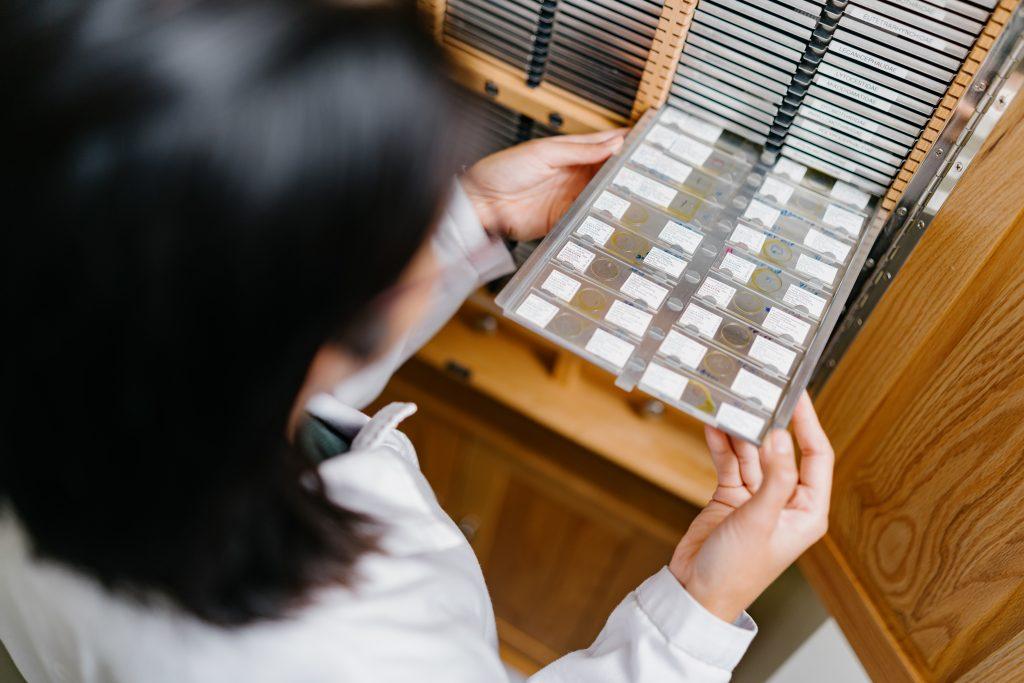Research //

The LKCNHM houses both marine and freshwater zooplankton collections. In November 1997, C. H. Fernando from the University of Waterloo, Canada, kindly donated a particularly significant collection of freshwater zooplankton to the LKCNHM. This collection, established since 1950, is probably the largest of its kind in the world. It contains over 13,000 samples from about 40 countries including Australia, Canada, Ethiopia, Nigeria, Cuba, India, Bangladesh, Sri Lanka, Indonesia, the Philippines, Singapore and Malaysia. At least 20 theses were written based on this collection. Included with the samples is a library of about 18,000 publications, including reprints (perhaps the world’s largest collection on rice field ecology), identification guides and theses.
In the 1960s, A. K. Tham, T. E. Chua, H. W. Khoo, S. L. Yang and C. M. To of the University of Singapore’s Fisheries Biology Unit, collected a series of zooplankton samples from the Singapore and Johor Straits for their studies. Part of the 1,500 marine samples were obtained by the South-east Asian Fisheries Development Centre (SEAFDEC). Most of these samples have been sorted and identified to family level. Some groups, such as copepods, are identified even to genus and species.
Although a large collection of 70,000 marine plankton samples collected by over ten countries under the UNESCO programme for ‘Cooperative Study of the Kuroshio and Adjacent Regions (CSK)’ was sent to the Regional Marine Biological Centre (RMBC) in Singapore for sorting and analyses between 1968 and 1978, the entire collection with the exception of some Singapore material was transferred to the Tokai University in Japan when the RMBC closed in 1978.